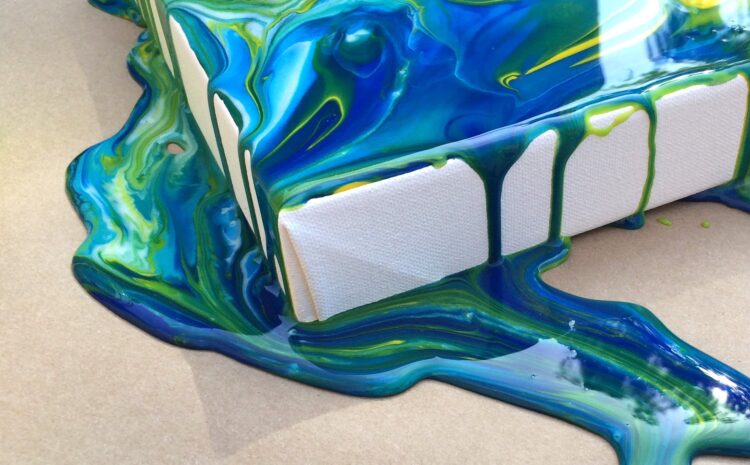Most of the world’s religions seem to own always had a close connection to fluids that went parallel to imaginative and clinical interests. The idea that life and truth arose from liquids, in fact, seems widespread in the world’s numerous beliefs, from Old Egyptian urban myths to modern Judeo-Christian reports of creation. While choose musicians for the duration of history have found great enthusiasm in liquids, and while modern research has made extensive usage of fluid dynamical some ideas, almost all religions have admired liquid as the source and basis of reality, as we all know it.
Modern astronauts have used water water in the weightlessness of outer space. Modern painters have used substance offers in the minimal-gravity conditions of parabolic jet flights. Add Petit is one particular astronaut, and Joe Pietronigro is one particular painter. Both metaphysics and physics now revere fluid in each field’s possess specific way. Therefore, a special word, “fluidism”, appears justified to simply help unify that common, individual creative interest.
Rather, he was the appearance itself–both the substance and the action of the term, without any formal motives to be either. Pollock seen that spontaneous actions can result in attractive patterns. His dry colored habits were icy echoes of his after water actions. Pollock, ergo, was an extension of the effective movement of his plumped for substrate (i.e., paint). He can register recurring habits of his activities in the first color medium, since these styles were stable while however wet. Pollock’s fluid styles dried in very nearly exactly the same performances as their wet counterparts.
The development and development of images has shown clearly that some liquid habits can not dry within their unique substrates. These liquid designs possibly are too transient, or they’re destroyed by drying. Quite simply, some creatively fascinating moments of damp movement can not be preserved in the first substrates where they emerge. A bubble, as an example, pops. A splashing page of liquid easily actions from the air back into the mass where it splashed. A certain collision or striation of fluid layers dissipates, prior to the technicians of drying will even take maintain to contain those patterns. Obviously, the idea of “painting” extends beyond the substrate of the dry colored artifact.
Images indicates that painting is, or can be, an activity where particular habits can not be captured, unless an artist transcends the moderate where these patterns originate. A final artist, thus, can catch the feeling of a bubble ahead of the bubble pops. A final artist can virtually freeze a traveling sheet of liquid before the sheet failures back into its mom pool. A photographic artist can immobilize a particularly interesting shade collision or even a particular striation of shaded fluid bands, before they dissolve into homogeneous solution. Styles once unseen because of the speed of particular activities now can be made obvious by the stop-action convenience of the photographic artist’s camera. Photography makes possible a class of activity painting with pouring medium that defy the original fixed classification of the word, “painting “.
Fluidism, then, has changed from numerous traditions that require manipulating moist liquids and enabling these drinks to dry. Fluidism has evolved in to the current pursuit of photographing controlled beverages while they’re still wet. Traditionally, just dried remnants of stable damp designs were possible artifacts. Today virtual dry remnants (i.e., photographs) of ephemeral, impossible-to-dry habits are possible. They’re “transcendental action paintings”–profound extensions of the essential notion of “painting.”
